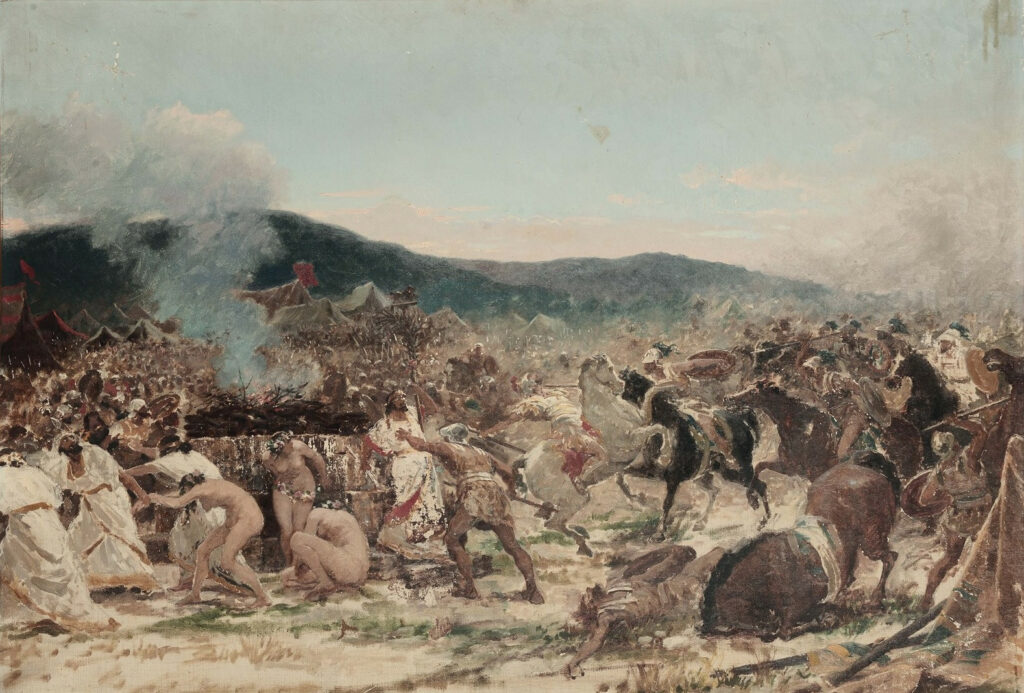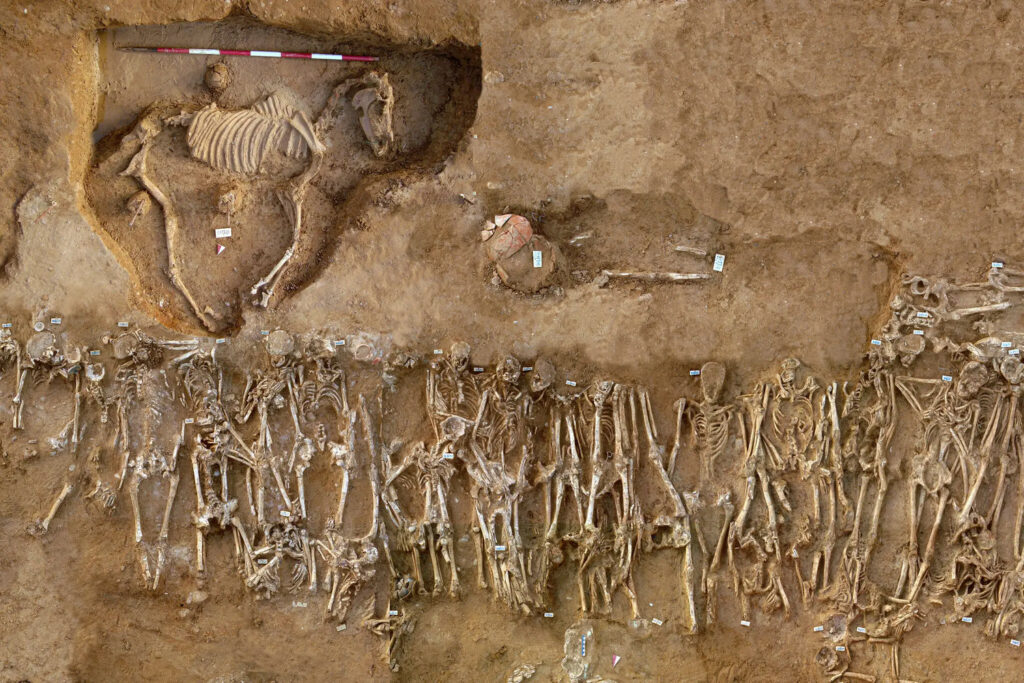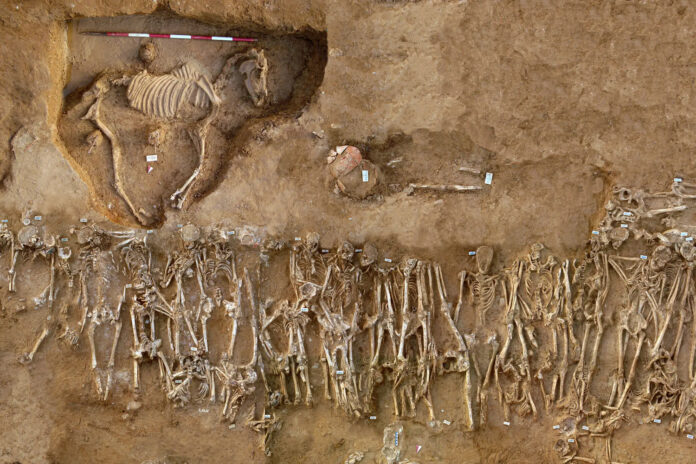The Discovery that Challenged History

In the sun-baked soil of Himera, Sicily, a remarkable discovery has rewritten our understanding of ancient Greek warfare. A 2500-year-old mass grave, unearthed during a railway construction project, has yielded secrets that challenge the traditional narrative of heroic Greek citizen-soldiers.
The Battle of Himera: Not What We Thought

The year was 480 B.C., and the Greek colony of Himera faced a Carthaginian invasion. For centuries, historians painted a picture of brave Greek citizens rallying to defend their homeland. However, DNA analysis of the remains found in the mass grave tells a different story – one of a diverse group of mercenaries from far-flung corners of the ancient world.
Mercenaries: The Hidden Heroes of Ancient Greece
From Ukraine to Sicily: A Warrior’s Journey

Imagine a warrior born in the steppes of what is now Ukraine, traveling thousands of miles to fight and die in Sicily. This was not an isolated case. The study, published in the Proceedings of the National Academy of Sciences, revealed that many of the soldiers in Himera’s west necropolis hailed from regions as distant as Latvia and Bulgaria.
The Tyrants’ Secret Weapon
In the tumultuous world of ancient Sicily, tyrants ruled the Greek cities. These shrewd leaders recognized the value of hired fighters, recruiting mercenaries to expand their territories and serve as personal bodyguards. This practice was so widespread that it even influenced the adoption of coinage in Sicily as a means to pay these professional soldiers.
Rewriting History: The Impact of Modern Science
DNA and Isotopes: Unveiling Ancient Secrets

Through a combination of genomic analysis and chemical isotope studies, researchers have pieced together a fascinating picture of these ancient warriors. The absence of armor and weapons in the graves, likely retrieved by survivors, along with evidence of violent trauma, helped identify these individuals as fallen soldiers.
A Tale of Two Burials

Intriguingly, the study revealed a distinction in burial practices. The mercenaries were buried with respect but separately from Greek soldiers. Smaller mass graves, believed to contain Greek fighters, showed greater care in body placement and included burial objects, hinting at a hierarchy even in death.
Conclusion: A New Understanding of Ancient Warfare

The discovery in Himera has forced historians to reconsider their understanding of ancient Greek armies. Far from the idealized image of citizen-soldiers united in defense of their homeland, we now see a more complex picture of diverse mercenary forces playing a crucial role in the conflicts of the ancient world.

This groundbreaking research reminds us of the importance of combining multiple lines of evidence – from historical accounts and archaeology to bioarchaeology and isotopic analyses – to unravel the mysteries of the past. As we continue to investigate, who knows what other long-held beliefs about ancient societies may be challenged by the secrets hidden beneath our feet?

